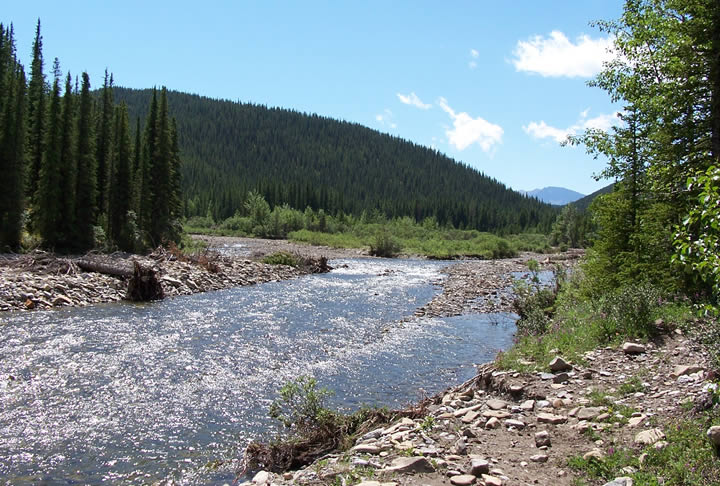Dealing with Potential Survival Situations are Important
Anyone who Spends Time in the Wilderness will Remember Occasions when the Drive for Success, the Unwillingness to Quit, Poor Weather or Sickness has Clouded your Judgement. I have fought that battle in my mind; whether to push on despite the condition or stop short of the original trip objective. These objectives are often only a rough plan when laid out before the trip. Unfortunately, these are often considered “Sacred” once the trip has started.

Usually, the main underlying factors pushing me to continue were my ego and my stubborn resistance to quitting. This stubborn resistance helped me many times surviving in the army. It must be remembered that the army is not about survival, rather it is about completing a mission. This is often counterintuitive to your survival or the choices you make about how to survive.
The Critical Difference Between a Cold and Wet Group who sets up Camp and a Cold and Wet Group that Decides to Push-on is that the Former have made the Decision to Survive and the Latter is Heading into a Potentially Critical Survival Situation. Unfortunately, it is very easy to second-guess both ourselves and other travellers from the safe comfort of a social media site on the internet, a lodge or coffeehouse long after the situation is over.
Each potential survival situation is different. Often poor weather can approach unexpectedly and because we are focused on the destination we fail to see it approach. We deal with each situation slightly differently. Group dynamics and experience can make a big difference in decision-making cycles. Both ego and personality often overshadow experience and common sense. For a real-life example of this decision making cycle and its many underlying factors read Trina Jackson’s Article. Real-life decision making is rarely clean and dynamic leadership is often forced onto someone, instead of being sought out.
Going Too Far or Keeping to Your Schedule;
Difference between Life and Death?
It can be a real conflict when your group is on the side of a mountain with a snow or thunderstorm approaching and it is unable or unwilling to come to any consensus about whether to camp, turn back or carry on. How we deal with these situations and make decisions are often a group breaker. Even in a group with a clear leader, these can be hard decisions to make, especially when faced with the loss of income or loss of face.
These tough decisions are the ones involving “Giving Up”, “Turning Back” or “Staying Safely in Camp.” The difference between going too far and keeping to that pre-planned schedule may mean the difference between life and death. This is where that drive for success and unwillingness to quit hinders our survival in the wilderness. We need to throw away our egos in these instances and consider both the situation and the consequences of our actions.
Potential survival situations are all around us. How we deal with them is extremely important to our survival in the wilderness. For the planning cycle use the universal survival adage of STOP; Stop, Think, Orient, & Plan. Stop and think about your actual situation. Orient yourself to the environment and decide what critical things you are required to do to survive. Then make a realistic plan, based on the situation, and calmly carry it out. You need to quickly come to grips with whether to move on, turn back or to camp.
STOP is an important part of an excellent decision making cycle. Remembering that it is often far safer to stop than to carry-on in poor conditions. If you do decide to carry-on plan a safe escape route in case it turns out to be a poor decision. You never have to finish a route, no matter what you decide before you leave. Remember those who choose wisely will always be around to travel into the wilderness on another occasion and that those that choose poorly, may not.

